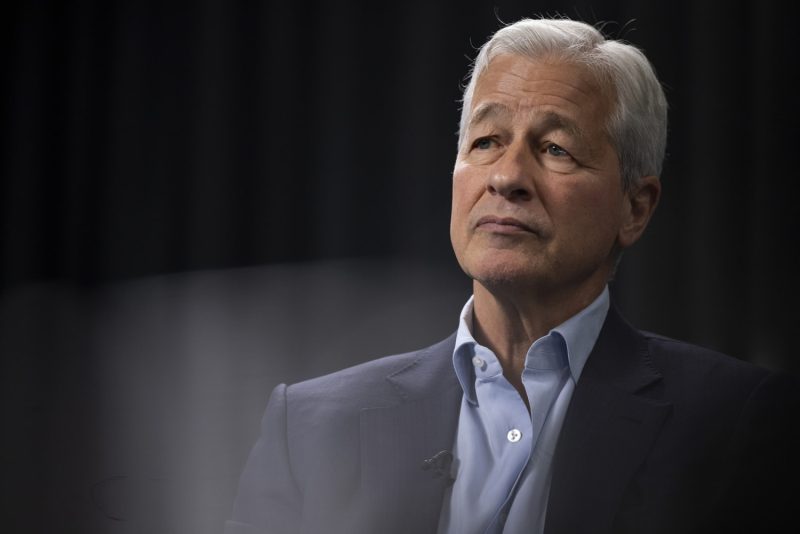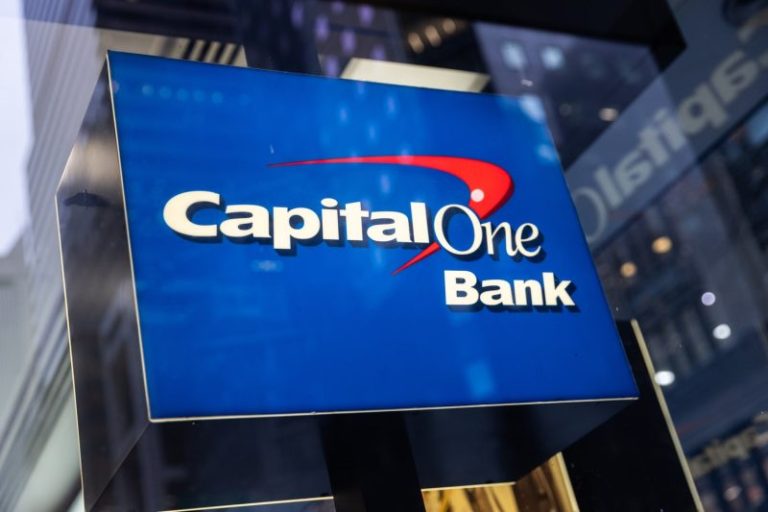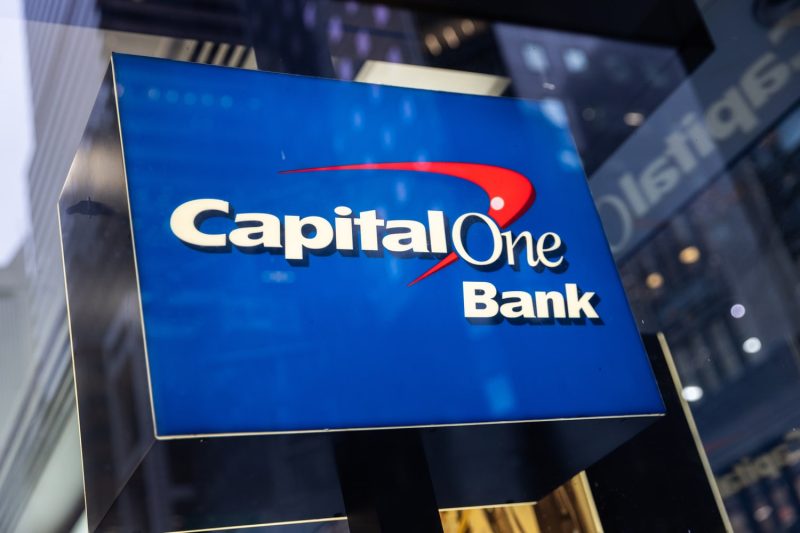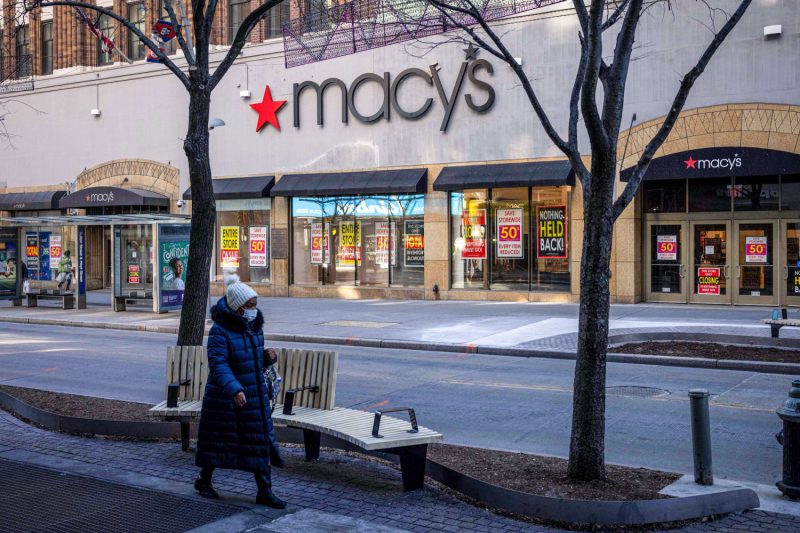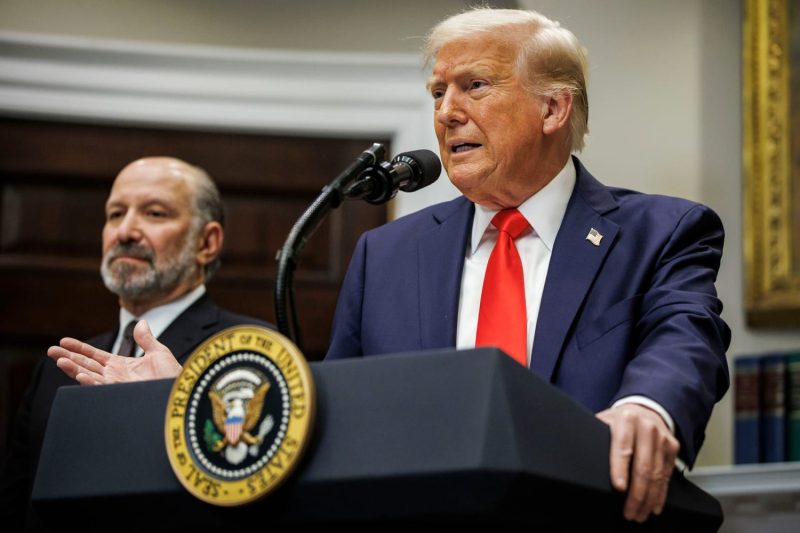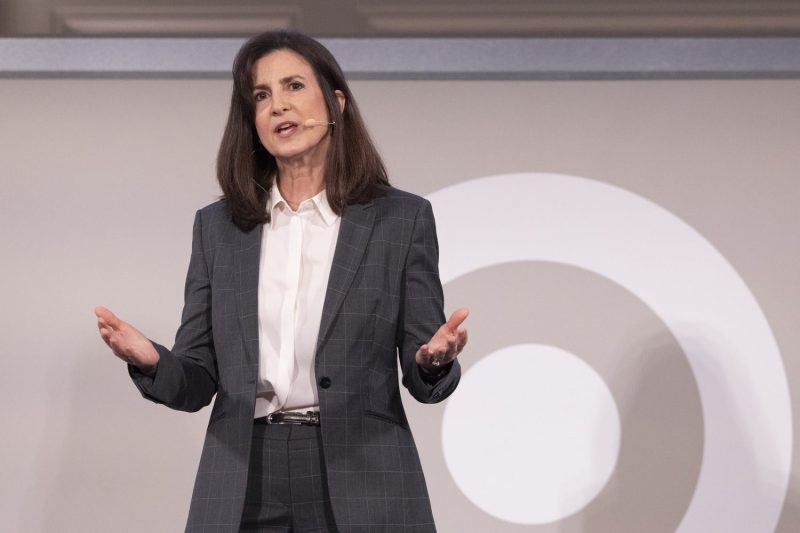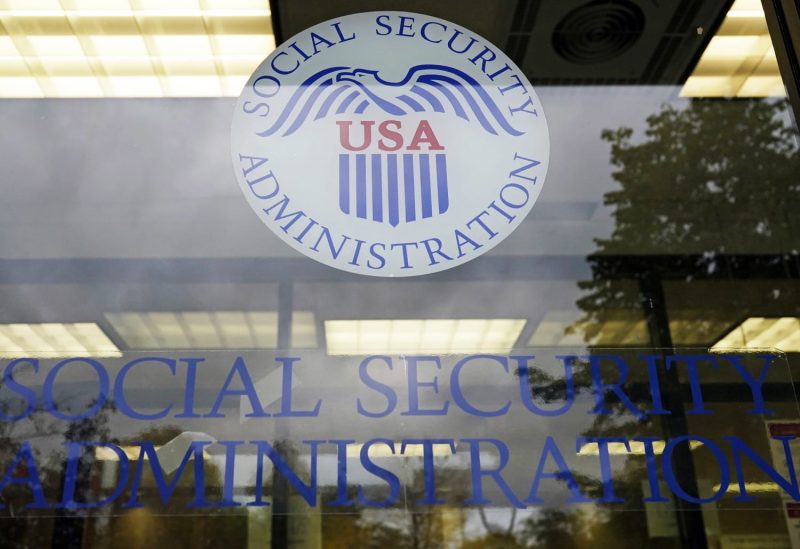
If you receive more Social Security benefits than you are owed, you may face a 100% default withholding rate from your monthly checks once a new policy goes into effect.
The change announced last week by the Social Security Administration marks a reversal from a 10% default withholding rate that was put in place last year after some beneficiaries received letters demanding immediate repayments for sums that were sometimes tens of thousands of dollars.
The discrepancy — called overpayments — happens when Social Security beneficiaries receive more money than they are owed.
The erroneous payment amounts may occur when beneficiaries fail to report to the Social Security Administration changes in their circumstances that may affect their benefits, according to a 2024 Congressional Research Service report. Overpayments can also happen if the agency does not process the information promptly or due to errors in the way data was entered, how a policy was applied or in the administrative process, according to the report.
The Social Security Administration paid about $6.5 billion in retirement and disability benefit overpayments in fiscal year 2022, which represents 0.5% of total benefits paid, the Congressional Research Service said in its 2024 report. The agency also paid about $4.6 billion in overpayments for Supplemental Security Income, or SSI, benefits in that year, or about 8% of total benefits paid.
The Social Security Administration recovered about $4.9 billion in Social Security and SSI overpayments in fiscal year 2023. However, the agency had about $23 billion in uncollected overpayments at the end of the 2023 fiscal year, according to the Congressional Research Service.
By defaulting to a 100% withholding rate for overpayments, the Social Security Administration said it may recover about $7 billion in the next decade.
“We have the significant responsibility to be good stewards of the trust funds for the American people,” Lee Dudek, acting commissioner of the Social Security Administration, said in a statement. “It is our duty to revise the overpayment repayment policy back to full withholding, as it was during the Obama administration and first Trump administration, to properly safeguard taxpayer funds.”
The new 100% withholding rate will apply to new overpayments of Social Security benefits, according to the agency. The withholding rate for SSI overpayments will remain at 10%.
Social Security beneficiaries who are overpaid benefits after March 27 will automatically be subject to the new 100% withholding rate.
Individuals affected will have the right to appeal both the overpayment decision and the amount, according to the agency. They may also ask for a waiver of the overpayment, if either they cannot afford to pay the money back or if they believe they are not at fault. While an initial appeal or waiver is pending, the agency will not require repayment.
Beneficiaries who cannot afford to fully repay the Social Security Administration may also request a lower recovery rate either by calling the agency or visiting their local office.
For beneficiaries who had an overpayment before March 27, the withholding rate will stay the same and no action is required, the agency said.
The new overpayment policy goes into effect about one year after former Social Security Commissioner Martin O’Malley implemented a 10% default withholding rate.
The change was prompted by financial struggles some beneficiaries faced in repaying large sums to the Social Security Administration.
At a March 2024 Senate committee hearing, O’Malley called the policy of intercepting 100% of a benefit check “clawback cruelty.”
At the same hearing, Sen. Raphael Warnock, D-Georgia, recalled how one constituent who was overpaid $58,000 could not afford to pay her rent after the Social Security Administration reduced her monthly checks.
Following the Social Security Administration’s announcement that it will return to 100% as the default withholding rate, the National Committee to Preserve Social Security and Medicare said it is concerned the agency may be more susceptible to overpayment errors as it cuts staff.
“This action, ostensibly taken to cut costs at SSA, needlessly punishes beneficiaries who receive overpayment notices — usually through no fault of their own,” the National Committee to Preserve Social Security and Medicare, an advocacy organization, said in a statement.



